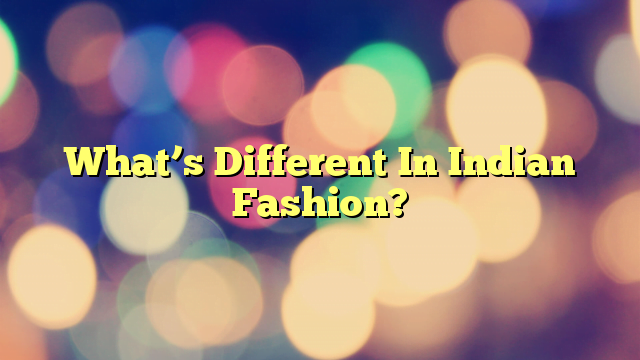Silicone Awareness Bracelets Are More Than Just A Fashion Statement
Silicone Awareness Bracelets Are More Than Just A Fashion Statement
Almost everyone has seen the thin silicone or jelly like bracelets. They’re made of silicone, an inexpensive flexible rubber like material and are a major fashion statement with the middle school or early teen group. These little bracelets come in all colors with many identified with specific diseases or social causes.
Like ribbons, many of these jelly like bracelets have become synonymous with specific diseases like pink for breast cancer or yellow for supporting the military. Although the intent is to call attention to a certain cause or disease, as the number of colors has grown so has the ability of many to simply ignore the statement. It was easy to understand the statement and many people continue to associate a yellow ribbon with supporting the troops or pink for breast cancer. But how about “lime green” or “blue”?
The growth in the interest for these bracelets is actually more a fashion than a social cause statement. Simply put, they’re colorful, easy to care for, cheap and the kids like them! They’re no big deal as the cost is so small that having lots or losing them all doesn’t really matter. For about 2 bucks, you can get almost any color and with larger orders, the cost goes down even more. This makes the silicone awareness bracelets an attractive fund raising product for many schools and non profit organizations.
Recently, some middle schools have banned these colorful adornments as rumor has it they were used as part of a game called snap. The idea of snap was if a person was able to break the bracelet, the wearer was somehow obligated to perform a sexual act on the one who broke the bracelet. Most rational people who think about this can see there’s some serious issues with banning jewelry because of a claimed game. First there’s the fact that these jelly bracelets are worn by many who would never consider playing any such sexually charged game. Second, the supposed benefactor destroys someones private property and is somehow entitled to sexual benefits? Does this sound as if schools who ban these bracelets over reacted? In a word, yes! In reality, few kids probably were actually playing the game. The better option would have been for the school officials to hold anyone who broke or damaged someone else’s property to replace the damaged bracelet and be charged a fine. This would have allowed the great majority of kids who find wearing these awareness bracelets a fun fashion accessory to continue to do so, while also placing limits on the inappropriate behavior of a few.
The reality is that although the news reports may have led you to believe this was the purpose of these bracelets, the actuality is that reporting sensationalism took this all out of proportion and marred an otherwise cheap fun accessory for the rest of us.


